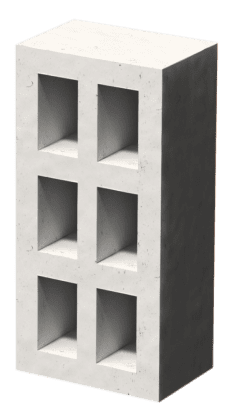Originally published at Entrepreneur India.
It is a bygone conclusion that hempcrete is amazing. In fact, when you consider it, there arguably isn’t any other building material that has enjoyed as much approval in recent times. But if you’re a builder why should you care for this?
You’re saving the planet… involuntarily!
Hempcrete is carbon-negative. When you manufacture the material you are actually consuming more carbon dioxide than emitting. Most of the carbon-negativity comes from the biomass, which is the hemp stalk, which during its growth phase consumes more than 2 times its weight of carbon dioxide. In addition, the lime in hempcrete undertakes active carbonation during its service life, continuously sequestering small amounts of carbon dioxide from its surroundings. Not only are some of the raw materials extremely sustainable, but they’re also renewable. Unlike AAC blocks, which claim to be “green” materials because they make use of fly ash but consume large amounts of energy in the autoclaving process, manufacturing hempcrete blocks rely on passive chemistry and curing processes, which are absolutely not energy-intensive. So, if you’re in the business of constructing green buildings and want to rise above LEED or GRIHA standards, hempcrete is the material for you.

You put food in a poor farmer’s belly
In an agro-based economy such as India’s, it is a pity that farmers go to sleep without food in their bellies. Mere food crops do not create enough income for their survival and the economy moving away from bio-based is seriously hurting them. The raw materials that are used to produce hempcrete come from agriculture. In fact, the raw materials for all bio-based building materials come from agriculture. By adopting hempcrete products in your projects you are contributing to the welfare of farmers from whom the hemp stalks are bought. The manufacture and retail of hempcrete could improve the income of farmers by up to 20% per annum.
You enable an eco-system
With the world looking at an impending doom because of global warming and climate change owing to a non-renewable manufacturing industry, it is important to lay a foundation in renewable sources. Since infrastructure is the foundation for manufacturing industries, by establishing it using renewable materials would inspire a shift towards a bio-based economy. Furthermore, adopting bio-based materials also has social benefits by making agriculture more profitable, sparking innovation, employment and growth in the agricultural industry. As a result, an entire geoengineering process for mitigating climate change can be executed profitably without additional inputs.
Read more here.


